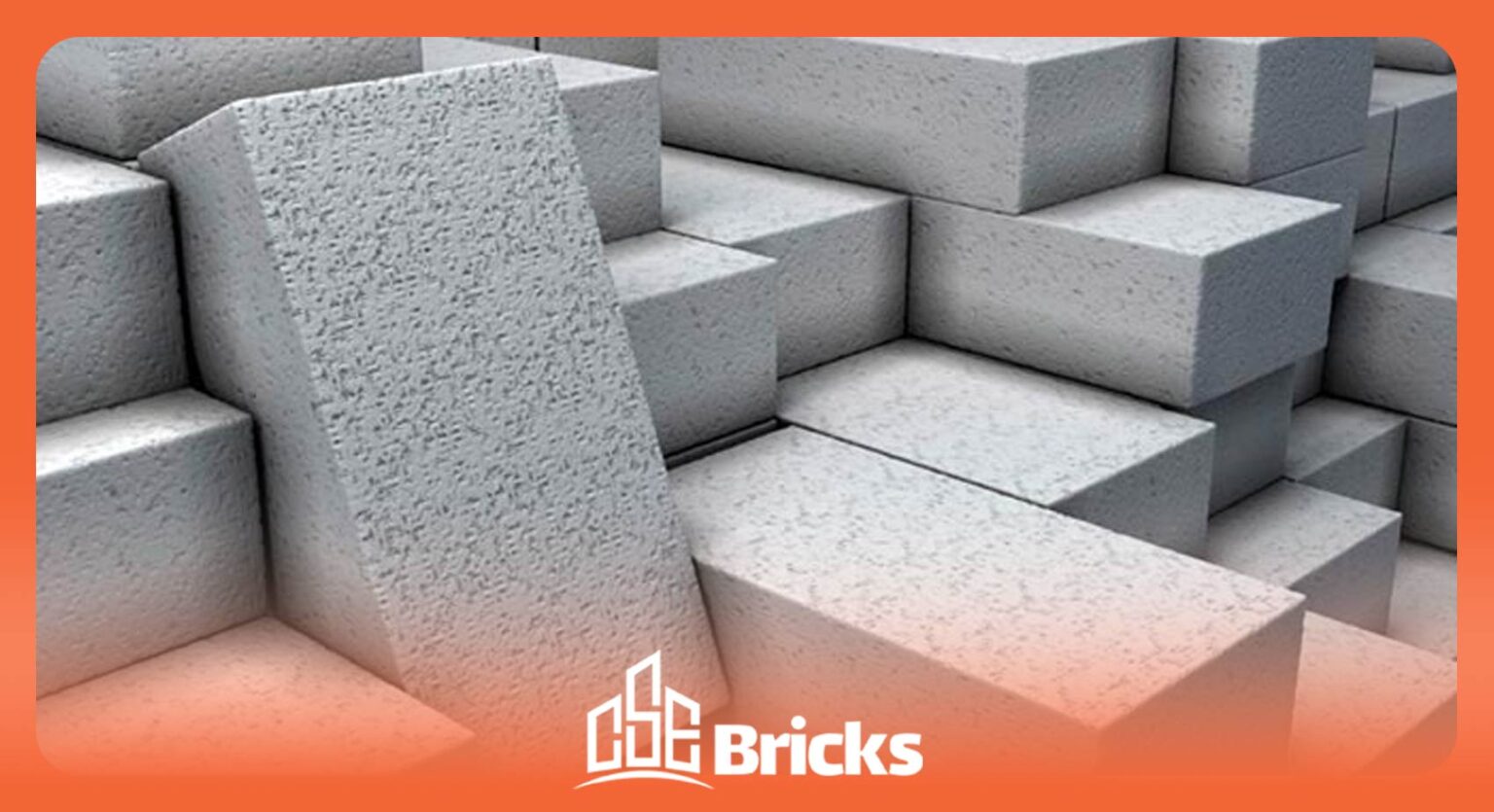Blog
What is a Construction Block?

What is a Construction Block?
History of Production – Advantages and Disadvantages of Implementation
Construction blocks are made from various materials that, due to their physical and chemical properties, are suitable for use in different buildings.
History of Construction Blocks
Made from a mixture of cement, sand, gravel, and concrete, construction blocks serve as a common building material. This type of material emerged in the 19th century in Europe and America. Due to its portability, speed of construction, load-bearing capacity, and lower cost compared to other construction methods, it has been widely used in the construction industry. Initially, these blocks were produced in small dimensions, but with the emergence of new equipment and advanced technologies, larger blocks with various applications were produced. Nowadays, construction blocks are used in the construction industry as a sustainable method with wide-ranging applications.
Raw Materials of Construction Blocks
Various materials are used in the production of construction blocks, which we will examine below. The raw materials for construction blocks include:
- Cement: One of the main raw materials for block production, used as a binder and base in block compositions.
- Sand and Gravel: Used as fillers and reinforcing agents in the block compositions.
- Water: Used as a binder and moisture provider in block production.
- Fly Ash: Used as an alternative to replace cement in block production. Fly ash is more cost-effective compared to other alternatives and helps reduce air pollution.
- Industrial Waste: Some industrial waste such as salt slag, rice husk ash, etc., is used as a replacement for cement in the production of construction blocks.
You can produce bricks using interlocking brick and block machines in various attractive colors. Producing interlocking bricks with mining waste is a profitable solution for managing mining waste. (We recommend reading the article on mine waste management.)
Methods of Producing Construction Blocks
Construction blocks are produced either by machine or manually.
Machine Method
In the machine method, automatic devices are used to produce construction blocks. This method includes three stages:
- First Stage: Mixing After weighing the raw materials, the appropriate amount of cement and dry sand are combined, and water is added.
- Second Stage: Molding The mixture is pressed into molds within the machine, which determine the shape and dimensions of the internal cavities and external structure. This process is generally carried out through mechanical movements.
- Third Stage: Collection The dried blocks are stacked on pallets to be collected.
Manual Method
In the manual method, cast iron molds are used for producing construction blocks. In this method, the mixture of materials is manually combined with water and poured in a paste form into the cast iron molds. After drying, the resulting construction blocks are removed from the molds.
Dimensions of Construction Blocks The typical dimensions of construction blocks are 20x20x40 cm,
but in some cases, other dimensions may also be used.
Some block dimensions include:
– 10x20x40 cm
– 15x20x40 cm
– 20x25x50 cm
– 25x25x50 cm
– 30x30x60 cm
– 10x15x30 cm
Each of these construction block dimensions is used depending on the type of application and the nature of the project.
Characteristics of construction blocks
Implementing Cement Blocks
- If you use a strip foundation for implementing cement blocks, its width should be twice that of the block. Plaster or string is used as reference lines.
- After mixing the mortar, spread it on the strip foundation to the width of the block. The initial layer should be one inch (2.5 cm) thick.
- Mortar is added to the vertical joints of the corner blocks.
- At the end of each row, check the alignment in both directions, and if necessary, apply some pressure to adjust them.
- Continuous vertical cavities can accommodate the passage of metal installations and other utilities.
- When you are sure that the mortar has set sufficiently, you should finish the joints and, after ensuring their integrity, also clean up any excess mortar.
• High Strength
Construction blocks are made from heavy and resistant materials under pressure, which gives them high strength against external forces such as earthquakes, wind, etc.
• Thermal Insulation
Construction blocks have low heat absorption properties, which help reduce heating and cooling costs in warm and cold regions.
• Waterproof
Construction blocks have waterproof characteristics that prevent moisture from penetrating the building and causing side effects such as rot, swelling, etc. Some current models include additives that are mixed in to increase the surface tension of the block and prevent water passage. There are also blocks with different edges to divert water from the surface.
• Industrial Production Capability
These construction materials can be produced industrially, which increases execution speed and construction quality while reducing construction costs.
• Quick and Easy Implementation
Due to their smaller size and weight, construction blocks have easy implementation capability, which increases construction speed and quality.
• Usable in Various Projects
Construction blocks can be used in various projects such as houses, apartments, offices, commercial spaces, etc., and to some extent, they help reduce construction costs.
• Sound Insulation
People who live near highways or noisy factories may benefit greatly from sound insulation. Block walls, which are denser than brick walls, perform better in neutralizing outside noise.
• Environmentally Friendly
The production and construction of these items do not harm the natural environment. In contrast, traditional brick production requires the removal of topsoil and can cause significant environmental damage due to traditional methods and the emission of smoke.
• Space Saving
Reducing wall thickness due to the fact that concrete blocks have less thickness compared to traditional brick walls.
Disadvantages of construction blocks
- Cracks on the block surface, unevenness, mismatch in size and shape, water and moisture penetration, reduced load-bearing capacity, etc., which typically occur due to production processes, transportation, or installation stages.
- The considerable weight of construction blocks necessitates the use of heavy machinery for both transport and installation
- Limitations in Design and Flexibility
- Prone to Breaking and Corrosion if Low-Quality Materials Are Used
- Low Aesthetic Appeal
- Possibility of Moisture or Air Forming Inside the Block
When it comes to living arrangements, if you want to protect the environment, building a house with cement blocks and interlocking blocks makes more sense. Although the construction cost with these materials is higher, most homeowners can offset the cost difference over the lifetime of the property compared to traditional bricks.
Construction Block Price
The price of construction blocks depends on various factors such as the type of block, its dimensions, the quality of materials used in its production, insulation capabilities, and compatibility with the region’s weather conditions, etc. As a result, the price of construction blocks may vary in the market.
In your opinion, which construction block is the most popular?










